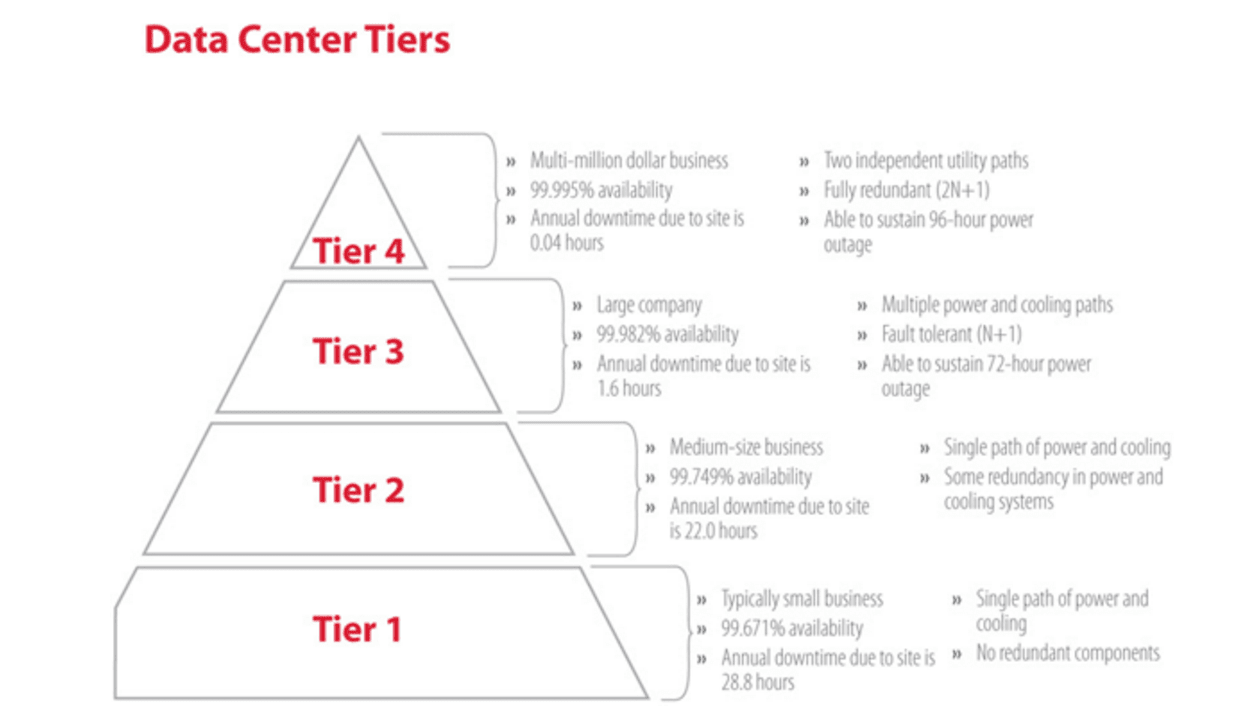Who Pays Redundancy Money? An In-depth Overview for Companies and Employees
Who Pays Redundancy Money? An In-depth Overview for Companies and Employees
Blog Article
Investigating the Interaction Between Business Redundancy and Organizational Adaptability for Future Development
In the dynamic landscape of today's organization globe, the detailed connection in between company redundancy and organizational versatility arises as a crucial element for sustained development and success. Firms often face the difficulty of striking a delicate balance between preserving a degree of redundancy to reduce risks and promoting versatility to react quickly to the ever-evolving market needs.
Relevance of Firm Redundancy
Company redundancy is a crucial element that improves organizational resilience and reduces operational risks. By integrating redundancy measures within the business structure, firms can much better stand up to unpredicted disturbances and variations in the company atmosphere. Redundancy serves as a tactical buffer, allowing firms to adjust and respond efficiently to unforeseen obstacles without compromising crucial procedures.
One secret aspect of the importance of firm redundancy is its duty in guaranteeing continuity throughout times of dilemma. When confronted with sudden adjustments or emergencies, redundant systems, sources, or workers can step in to keep essential features and prevent prevalent interruptions. This continuity not only safeguards the firm's track record and consumer trust fund but additionally lessens financial losses and operational downtime.

Strategies for Organizational Versatility
Creating adaptable organizational structures that permit for fast modifications to market dynamics and customer demands is crucial for remaining competitive in a rapidly evolving atmosphere. By proactively recognizing prospective disruptions and possibilities, companies can proactively adapt and thrive in an ever-changing company landscape.
Harmonizing Redundancy and Versatility
Achieving a harmonious equilibrium between operational redundancy and business versatility is critical in browsing the complexities of a dynamic service environment. Redundancy within a company gives a safety net, making sure connection and stability in operations. However, an extra of redundancy can cause ineffectiveness and hinder versatility to changing market problems. On the various other hand, organizational flexibility allows companies to respond quickly to exterior disruptions and take brand-new possibilities. Striking the ideal equilibrium between redundancy and flexibility is a delicate process that requires a deep understanding of the company's objectives, sector dynamics, and threat tolerance.
To achieve this equilibrium, business need to carry out routine evaluations of their operations to determine areas where redundancy is required for risk mitigation and where adaptability can drive development and growth. Executing flexible structures, fostering a society of continual understanding and renovation, and urging open interaction across all levels of the look at this website organization are vital methods to harmonize redundancy and versatility effectively. By lining up these two vital components, firms can place themselves for sustainable growth and success in an ever-changing business landscape.
Study on Adaptation Success
In analyzing instances of effective organizational adaptation, it comes to be obvious that the interplay in between functional redundancy and adaptability is a specifying aspect in shaping resistant organizations. One compelling case research is that of Netflix. At first a DVD rental service, Netflix showed exceptional adaptability by transitioning right into a streaming platform when digitalization interfered with the market. By strategically buying technology and web content creation, Netflix not just grew yet endured in a quickly developing market. An additional standout instance is Amazon. Starting as an on-line bookstore, Amazon continually adjusted its service model, broadening right into diverse markets such as cloud computing and expert system. This flexibility enabled Amazon to remain ahead of rivals and satisfy transforming consumer demands. Last but not least, Adobe provides a notable image of successful adaptation. The business changed from selling software program licenses to a subscription-based model, making sure recurring income streams and improved consumer engagement. These situation research studies emphasize the significance of operational redundancy combined with organizational adaptability in promoting long-lasting development and competition.
Building Strength for Future Development
Building strength for future development requires a critical positioning of functional processes with market characteristics and emerging trends. Companies need to adapt to transforming environments by promoting a society of adaptability, innovation, and constant renovation.
Moreover, cultivating solid partnerships with stakeholders, such as clients, staff members, providers, and the area, is necessary for weathering uncertainties and preserving depend on and support during rough times. Reliable communication and openness play an essential role in structure look at this website strength, as they help line up assumptions and facilitate collaboration in navigating unpredictabilities.
Furthermore, organizations require to focus on understanding and development efforts to upskill workers and outfit them with the necessary tools to adapt to altering situations. By buying their labor force, firms can boost their adaptability and agility, ultimately enhancing their durability for sustainable future growth.
Final Thought

In the vibrant landscape of today's business world, the complex relationship between firm redundancy and organizational versatility arises as an essential aspect for continual growth and success. Business often deal with the obstacle of striking a delicate balance between keeping a degree of redundancy to mitigate dangers and cultivating flexibility to respond quickly to the ever-evolving market demands.To accomplish this equilibrium, firms need to conduct routine assessments of their procedures to recognize locations where redundancy is necessary for risk mitigation and where versatility can drive advancement and development.In verdict, the interaction in between company redundancy and business flexibility is crucial for future growth. Building resilience through a combination of redundancy and versatility will guarantee that business are prepared for the difficulties of the future.
Report this page